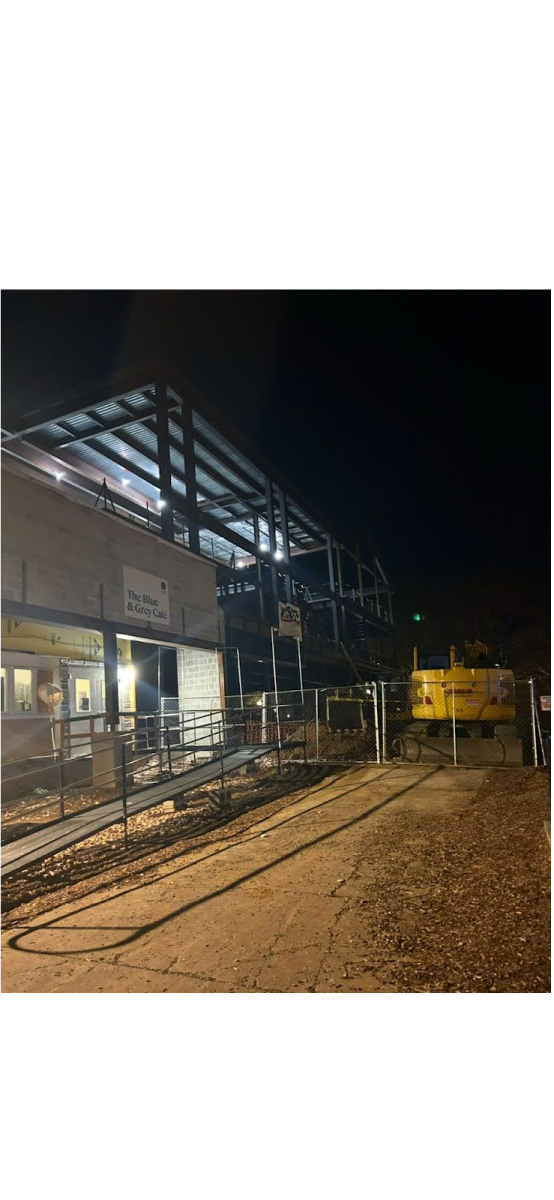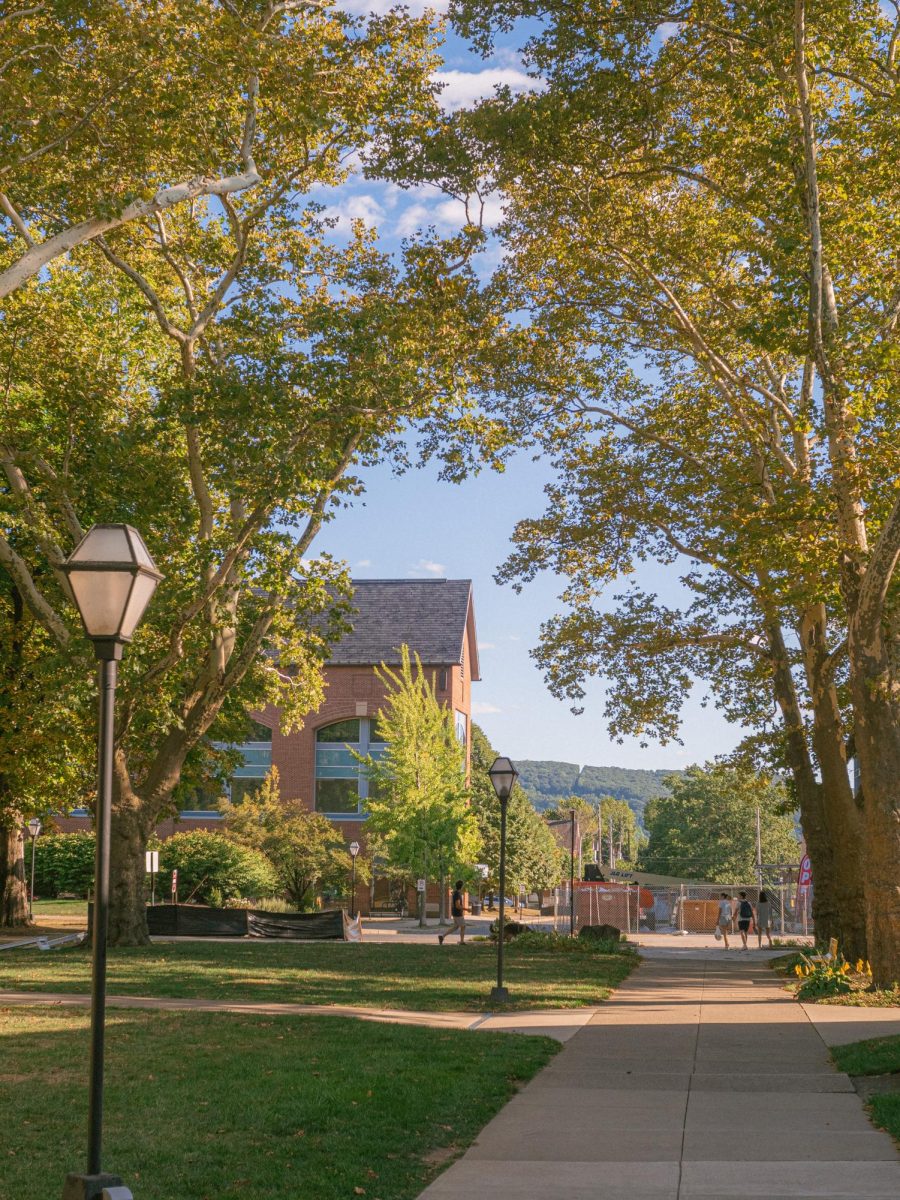The more college experience I get, the more I find myself fitting the broke college student archetype. I can’t tell if my lacking the funds to afford groceries for myself all the time is a “me” problem or if it’s the infrastructure of America that is the problem.
As a student who is experiencing a dorm with a convenient kitchen area, I was excited to embark on a new journey of learning to cook. After spending my first year in Moravian relying on the Moravian dining options, it felt refreshing to be able to have easy access to an environment where I could cook a meaningful meal in. However, I’ve found that this situation is not as ideal as it seems.
Throughout the duration of this semester, I have found myself spending hundreds of dollars on InstaCart because of the lack of access to a supermarket in the area. While it would be ideal for me to set a time during the day every week to go grocery shopping, as a student who relies on public transportation and has an ever-changing schedule every week, it can be hard to manage and make it happen.
Cooking in itself can be a process, especially when you would like to make a full meal for yourself. Making a meal can include a lot of planning ahead depending on the type of meal and how a person’s schedule may look. Unfortunately, it’s not something that’s doable every day.
In instances such as these, this is where our dining options would come in handy – so we can have a meal prepared for us in a timely manner despite our busy schedules. However, that may not be the case because of Dining’s limited operating hours.
It is very frustrating to realize you’re starving after a long day of school/work but can’t to get anything to eat because there are no options available past 10 p.m.. Unless you’re willing to take at least 15-minute walk to the nearest restaurant/convenience store open, hungry students must resort to ordering food through a delivery service.
The thing about these delivery services, such as DoorDash and Uber Eats, is that extra fees can cause the total bill to turn out to be almost two times what the original price would be (assuming the dasher was also tipped the fair amount, which is defined as 15-20%). Without the subscription to save you the extra money on delivery and service fees, the costs of ordering delivery can definitely add up.
Let’s acknowledge the situation for what it is: the North Campus of Moravian (specifically) is in the middle of a food desert. A food desert is defined as an area where the nearest grocery stores are more than a mile away, thus making it hard for residents of the area to obtain fresh produce.
Thankfully, we have things to turn to, such as Mo’s Cupboard, which has done an excellent job at serving those in need and fighting food insecurity on campus. It has especially helped me in getting ingredients for meals I wouldn’t be able to get without paying extra to have them delivered.
The “Everyday” app has also helped me get meals in a more timely manner. Plus, users can earn rewards points and earn free items the more they use it. The only downside is its limited menu for most of the day, being that DeLight’s closes at 2 p.m. and the B&G closes at 10 p.m.
All around, I’m hangry. As a representative for the majority of students who don’t go to bed until past 12 a.m. and try to savor every late alarm, sometimes three meals a day isn’t achievable with a school and work schedule. Sometimes, it’s a package of oatmeal in the morning, a coffee and Snickers for lunch, and cup noodles before bed. Sometimes it’s nothing at all until the last class which ends in the afternoon!
The possibility for meals is a lot more restricted for students without dining plans, immediate transportation options, and/or lack of finances.
Twenty-three percent of all college students in the US struggle with food insecurity, translating to millions of students across the country — some of them walking on our own campus.








